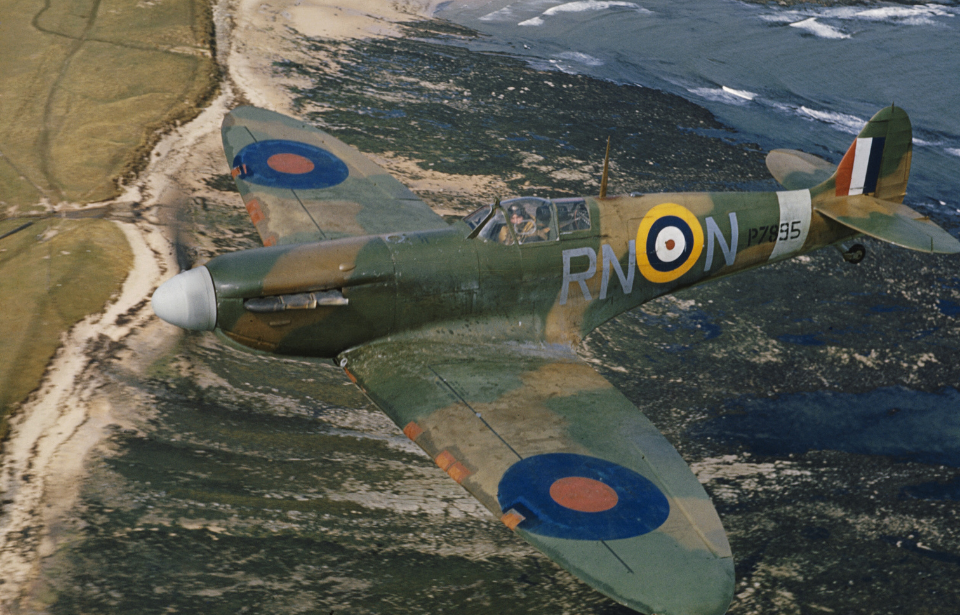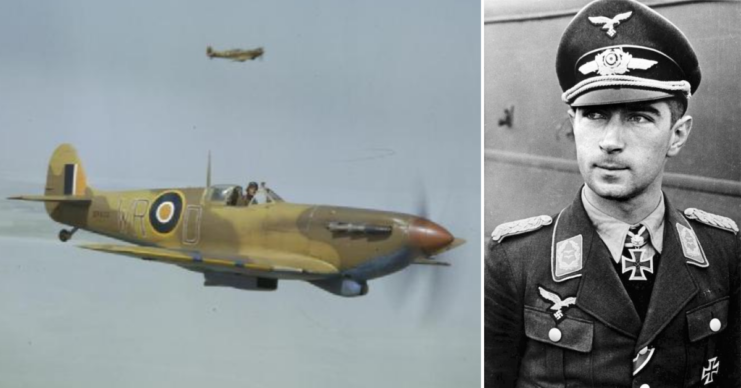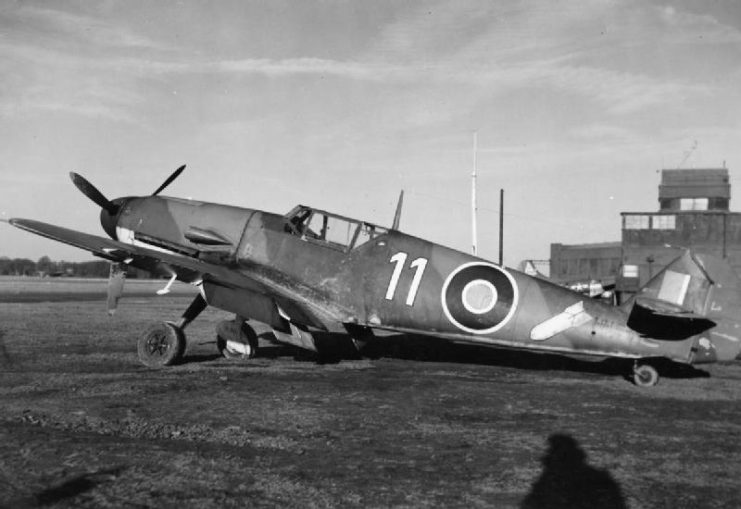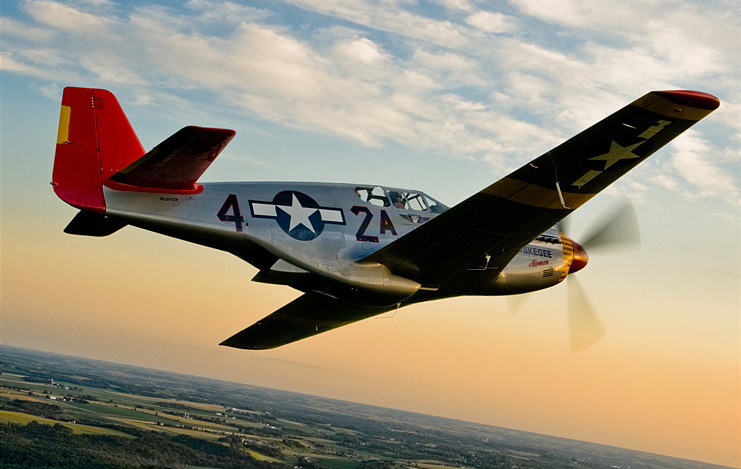
WWII saw the global pace of aircraft development rapidly increase, starting with simple lightweight piston engine airframes and culminating in jet-powered aircraft. Today, the debates about what aircraft a particular model could beat, or versus battles between two aircraft like the Spitfire and Bf 109 are massively popular. With 80 years since these aircraft fought one another, though, it’s hard to actually establish which were best.
During the war, the nations involved had the same questions: What were the enemy’s aircraft like? Were they faster? More maneuverable? Easier to fly? Knowing the answers to these questions was incredibly important, as it meant they could counter any advantages and exploit any weaknesses. Usually, the only way to look at their opponents’ aircraft was at crash sites, so it was a huge moment when they were able to get their hands on a working aircraft.
The Germans didn’t think too highly of the Spitfire
German pilot Major Werner Mölders tested both the Supermarine Spitfire and Hawker Hurricane. Mölders was a fighter ace and the first pilot ever to achieve 100 kills. When he flew the British aircraft, he was happy with their handling, but as an overall fighting machine, he didn’t rate them very highly.

George Greenfield, a tour guide at the RAF Museum, quotes Mölders as saying: “It was very interesting to carry out the flight trials at Rechlin with the Spitfire and the Hurricane. Both types are very simple to fly compared to our aircraft, and childishly easy to take off and land. The Hurricane is good-natured and turns well, but its performance is decidedly inferior to that of the Me 109. It has strong stick forces and is ‘lazy’ on the ailerons.
“The Spitfire is one class better. It handles well, is light on the controls, faultless in the turn, and has a performance approaching that of the Me 109. As a fighting aircraft, however, it is miserable. A sudden push forward on the stick will cause the motor to cut; and because the propeller has only two pitch settings (takeoff and cruise), in a rapidly changing air combat situation the motor is either overspeeding or else is not being used to the full.”
British opinions of the Bf 109
The British tested German aircraft too, including the Messerschmitt Bf 109 and Focke-Wulf Fw 190. Interestingly, while the British pilots found the Bf 109 to be a nice aircraft to fly below speeds of 250 mph, they believed it was inferior to their own aircraft, contrasting Mölders’ opinion: “In general the flying qualities of the aeroplane are inferior to both the Spitfire and the Hurricane at all speeds and in all conditions of flight.”

This shows that the pilots from both sides were not only slightly biased, but were also judging their opponents’ aircraft on unfair metrics. The Luftwaffe employed tactics that involved diving down onto a target, firing a brief burst of machine gun and cannon fire, before disengaging with a steep climb or dive. The Bf 109 excelled at this.





